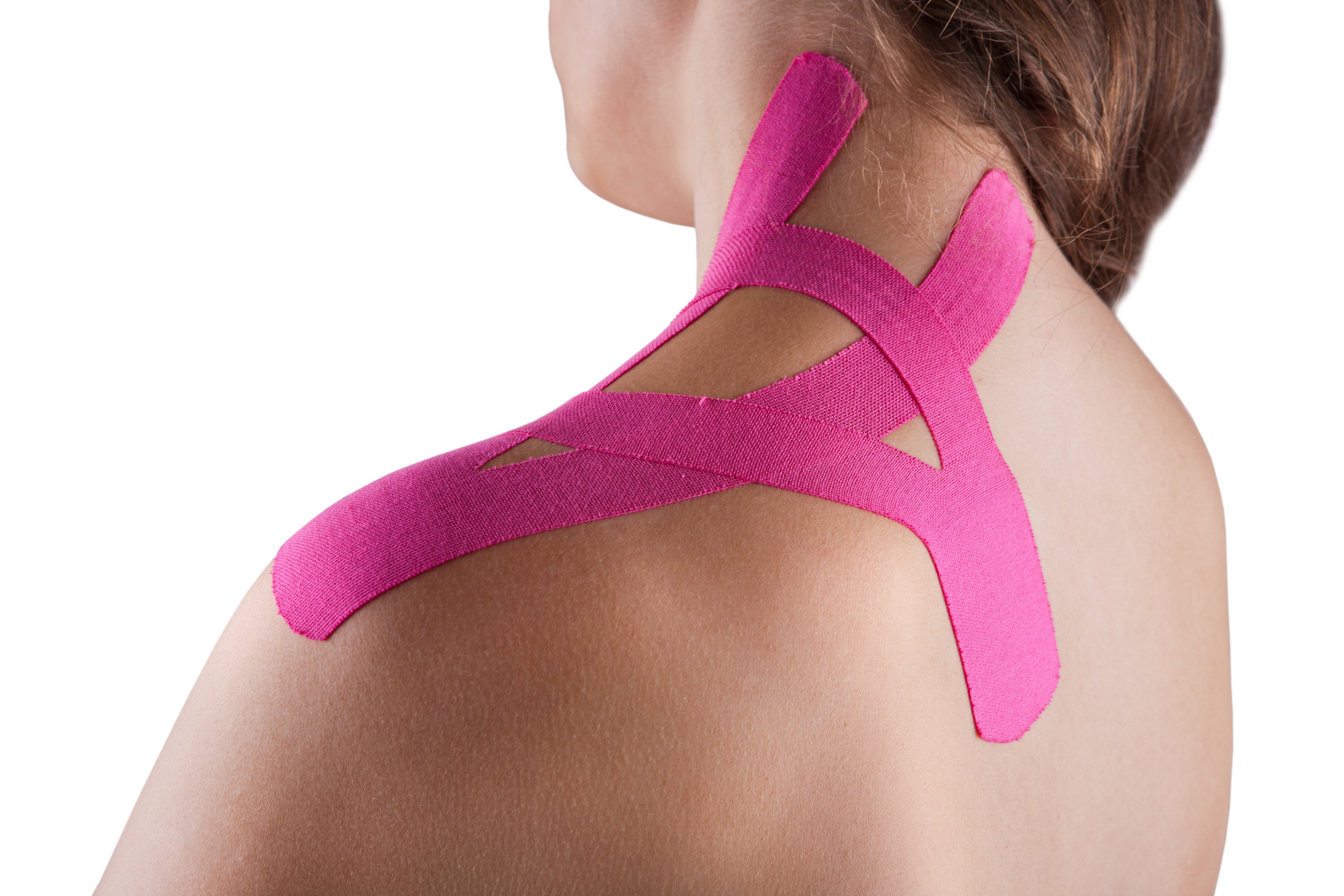A method that is often used to treat sports injuries is kinesiology taping, a.k.a. kinesio taping (KT). This strategy utilizes elastic therapeutic tape to support injured areas of the body, possibly alleviating pain while enhancing circulation and lymphatic function. KT is not new: the techniques were first introduced by Kenso Kase, a chiropractor, in the 1970s. However, the treatment method became more prevalent when almost 5 dozen countries were given the tape to care for their athletes competing in the 2008 Olympic Games.
The science on kinesio taping for sports rehab is inconclusive. An overview of the research on KT from a prominent medical journal reveals that the practice does often produce positive results, although research outcomes are inconsistent. A look at the perspective of an athletic magazine proposes reasons why KT is a strong choice for sports injury treatment, regardless of the scientific consensus.
Journal assessment
A 2012 report published in Sports Medicine reviewed the various studies that had been conducted on KT for the treatment of sports injury. The authors filtered almost 100 studies on the efficacy of kinesio taping, focusing on 10 with the most compelling research methods and applicability to athletics (inclusion of a control group and discussion of musculoskeletal impact).
Although the scholars responsible for the Sports Medicine study determined that evidence was sparse to argue for kinesio taping over other elastic taping methods, the conclusion included two promising comments:
- It appears that kinesio taping could be more effective than other forms of taping at the restoration of strength and development of range of motion following athletic injury.
- KT’s strong case study data validates a call for additional study on the subject.
Magazine assessment
RunnersConnect looked at the issue of KT in 2012 as well. After surveying numerous medical studies, including the Sports Medicine piece discussed above, the running magazine concluded that although KT is “probably not” a cure-all for sports rehab applications, it offers a strong treatment method for several reasons:
- Kinesiology taping has virtually no potential side-effects.
- It is inexpensive and easy to maintain, with re-taping often only necessary every few days.
- KT is paper-thin and conforms to movement, which means that – unlike standard elastic tape – it is unlikely to stick to itself, create blisters, or otherwise interfere with physical activity.
- It can be applied just about anywhere on the body.
The advantages of a multidisciplinary approach
Kinesio taping is just one way to approach athletic rehabilitation and the pain that accompanies an injury. Weston Medical has been designing customized treatment plans for our patients since 2003. Our sports injury rehabilitation program incorporates perspectives and techniques from a broad spectrum of medical specialties. Get relief today.


